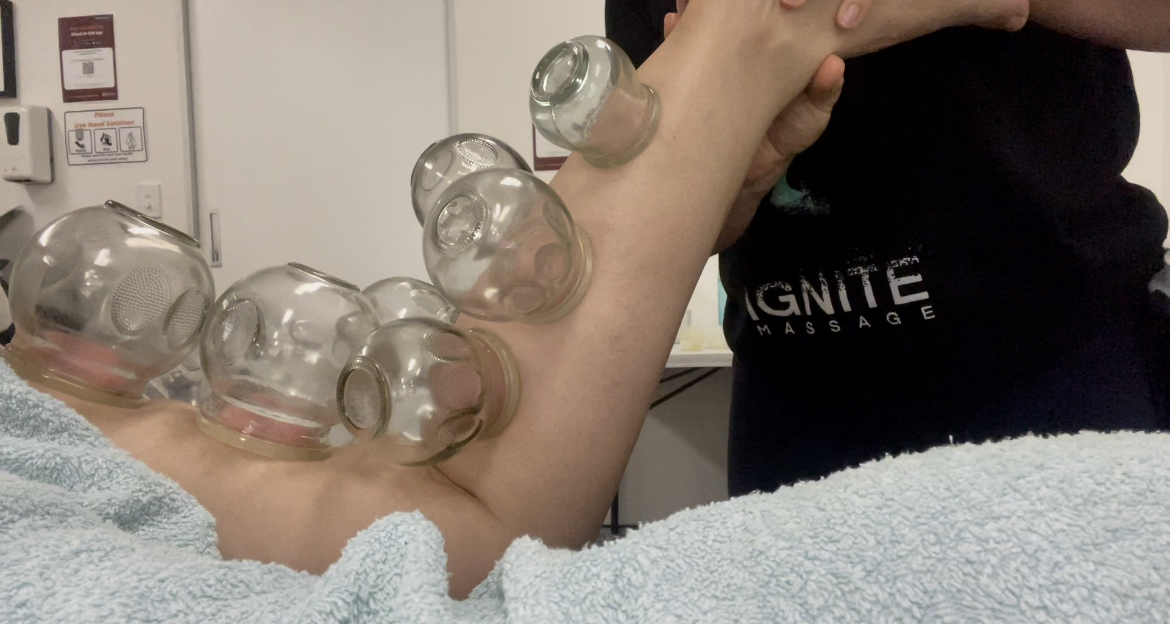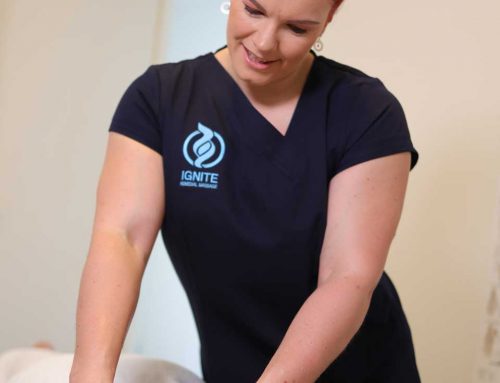
Cupping Therapy / Myofascial Cupping / Traditional Chinese Cupping
What is cupping therapy?
Cupping is a safe, traditional treatment that helps resolve chronic muscle tightness and pain faster than massage therapy alone. Cupping therapy is known to help activate the lymphatic system, promote blood circulation and is good for deep tissue repair. Cupping is a form of traditional Chinese and Middle Eastern medicine. People have practiced cupping therapy for thousands of years.Cupping is a therapy that is used to remove stagnation and stimulate the flow of Qi (chi). Qi is the free flow of vital energy circulating through the body and the world around us, if the qi is disrupted or disturbed, it can create stagnation (blockages) or imbalances in the body.
How does cupping therapy work?
The cupping cups are strategically placed on meridian lines to remove the energy blockages to improve the flow of qi or body energy.
Myofascial cupping is a safe intervention into soft tissue by creating negative pressure or suction on the skin. The approach uses plastic or glass cups. When the pressure in the cup is reduced, either by heat or suction, it pulls up old non-circulating stagnant blood and sticky fluids from the treated area. Bringing these blockages up to the surface and away from the injury, restores healthy free circulation and creates space for oxygen, living cells and nutrients for faster recovery.
What are the benefits of cupping?
Even though there haven’t been many scientific studies on cupping, some scientific evidence reported that it might help with
• Pain management
• Scar tissue
• Blood disorder
• Rheumatic disorder
• Anxiety
• Flexibility and mobility
• Migraines
• Asthma
• Digestion / Constipation
• Metabolism
• Stretchmarks
• Cellulite
• Skin conditions (Acne, psoriasis and eczema)
• Chronic pain
Danger of cupping!
Cupping is a relatively low-risk therapy. Still, you may experience cupping marks?
What causes the circular cupping marks (bruises)?
After the cupping therapy, circular red marks may appear on the skin. It’s important to understand that it’s not a bruise it and it doesn’t hurt.
However, there is an opposite common assumption that cupping marks are bruises. Various research shows that bruises are triggered by an impact trauma that breaks the capillaries in the injured area. The cupping mark is a different thing, as cupping therapy cause no compression or impact trauma when it is done correctly. Cupping lifts your skin and tissue in order to increase blood circulation and release toxins in the body. So which means the darker the mark, the more stagnant fluid (toxins, blood and lymph) were draged up.
Does cupping hurt?
Cupping may cause temporary red marks and soreness, depending upon the degree of suction created by the vacuum and the level of internal stagnation. Those marks generally don’t hurt. It is important to let your therapist know if the cupping therapy becomes uncomfortable. In conclusion, the mark look painful but in most cases they are purely aesthetic. Some people don’t experience bruising at all, as the reaction is based on the elasticity of individual skin.
How long do cupping marks last?
Depending on your body condition it may be anywhere from a few days to a couple of weeks.
Do’s and don’ts after treatment!
Some clients may experience fatigue or experience flu like symptoms, but this is normal due to the processing and expelling of toxins released during a cupping session.
See some after care advice for the best possible result from your cupping treatment.
• Keep hydrated by drinking water
• Avoid heavy metals after treatment
• No strenuous exercise
• No sunbeds or sunbathing for 24 hours
• Avoiding shower immediately after cupping session
• Keep the treated area covered and warm
• No alcohol after cupping session

